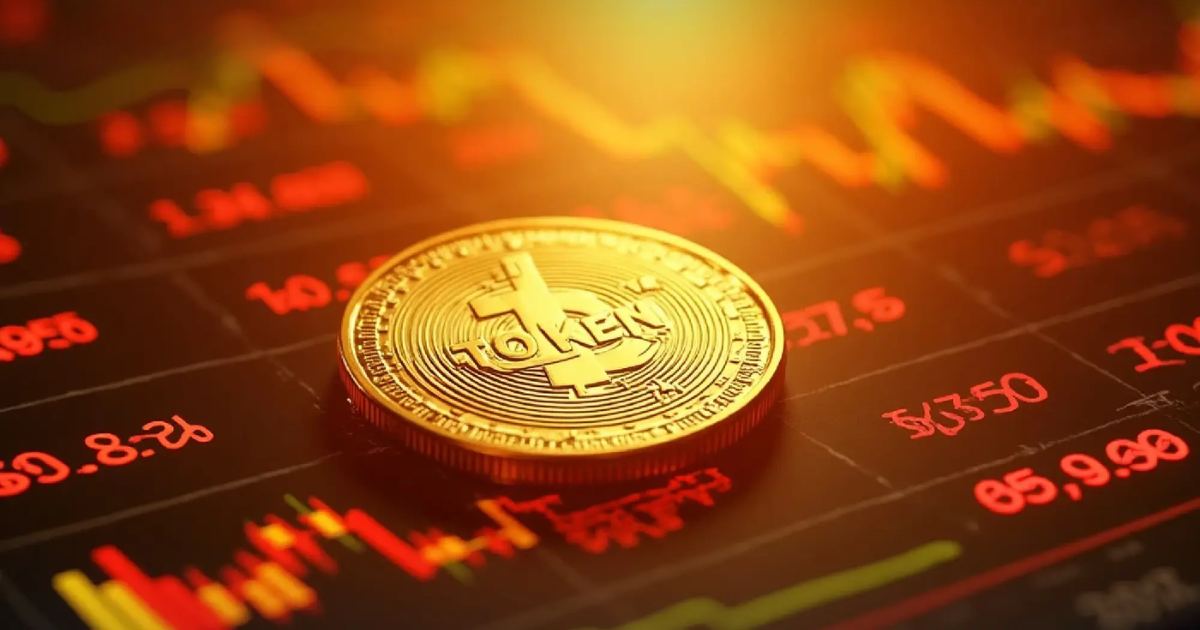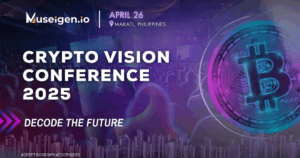Thailand, not to be left behind in the blockchain financial revolution, has now clearly established guidelines for G-Token issuance. Thailand is now positioned for fuller integration of digital assets into the national public finance system, as its G-Token hopes to change what investors and savers can do with their funds. The regulatory framework, developed by the SEC, established a pragmatic balance to promote innovation while preserving the interests of investors.
Key Takeaways:
- Thailand’s Securities and Exchange Commission indicates that G-Token could be used for investment and savings purposes, but not as a method of payment.
- G-Token issuance will take place via an Initial Coin Offering Portal managed by the Public Debt Management Office
- G-Token will be planned for issuance in July 2025 through the Ministry of Finance.
- The SEC has only allowed G-Token trading to occur on a licensed digital asset exchange in Thailand.
Regulatory Framework Established by the SEC
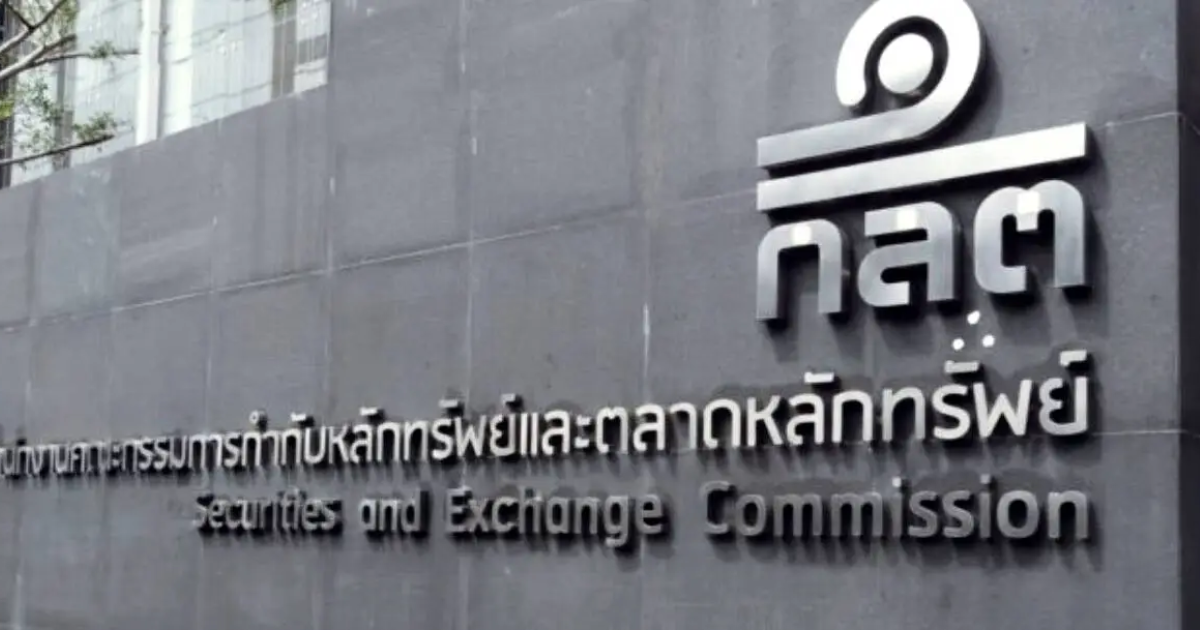
Thailand’s Securities and Exchange Commission (SEC) has been valuable in creating the whole regulatory framework around the G-Token. However, the Ministry of Finance does not need SEC approval for G-Token under the Public Debt Management Act.
This is beyond a duty for the SEC. And the fact that they made the G-Token similar to an investment and use it to grow savings and financial inclusion and ban it from use as a payment method, was a great step. These concerns were raised by the Bank of Thailand, primarily to ensure that the existing currency laws excluded the G-Token from being a currency.
The SEC’s guidelines work in four key regulatory areas to assist in G-Token issuance and trading: characteristics of the token, the initial coin offering (ICO) portal process, trading services on duly licensed digital asset exchanges, and an effective secondary market. These measures incorporated the use of smart contracts to restrict token trading and transfers and prevent unauthorized token transfers, trading restrictions, and included a full suite of investor protection and anti-market manipulation provisions.
Restrictions on Use and Trading of G-Token
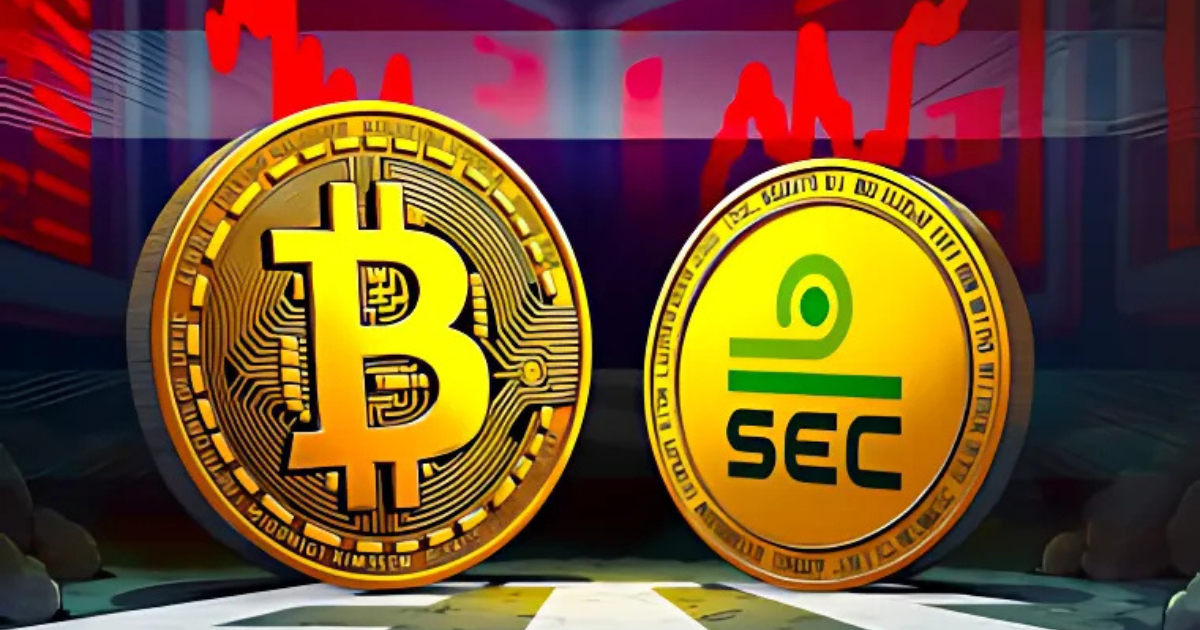
Thailand’s Securities and Exchange Commission (SEC) limited the use and trading of the new G-Token to reduce abuse and to protect investors. They disallowed all of the supposed payment uses as well as speculative trading, which is not the traditional form of use of cryptocurrency tokens.
It was supposed to be, and can only be, a digital investment tool with similar characteristics to governmental bonds or savings products. The G-Token was not supposed to replace payment methods or serve as the subject of speculative trading.
Trading of G-Tokens is limited to licensed exchanges in Thailand, which means trading is regulated in Thailand. This limitation can also help with investor protection, providing the right investment options, exit strategies, and controls to stop unauthorized or risky trading of products outside of an investor’s knowledge or understanding.
G-Token Issuance and Market Participation Details
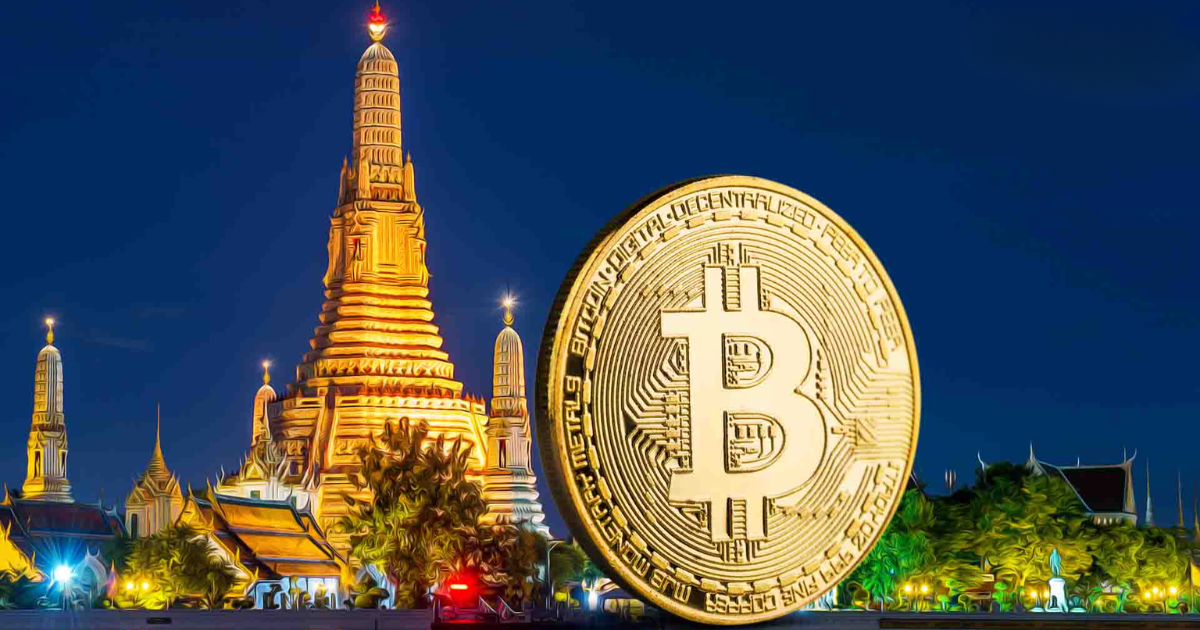
The G-Token issuance will take place through an Initial Coin Offering (ICO) portal run by the Public Debt Management Office (PDMO), and the launch will be in July 2025. The Ministry of Finance will release additional information regarding details of the G-Token, including the interest rate, maturity, and what collateral backs the tokens before the launch.
After G-Token issuance, they will be traded on licensed digital asset exchanges in Thailand, providing liquidity and exit for investors. Because secondary market trading occurs 24/7, investors can either hold their tokens until maturity or trade them as needed.
Conclusion
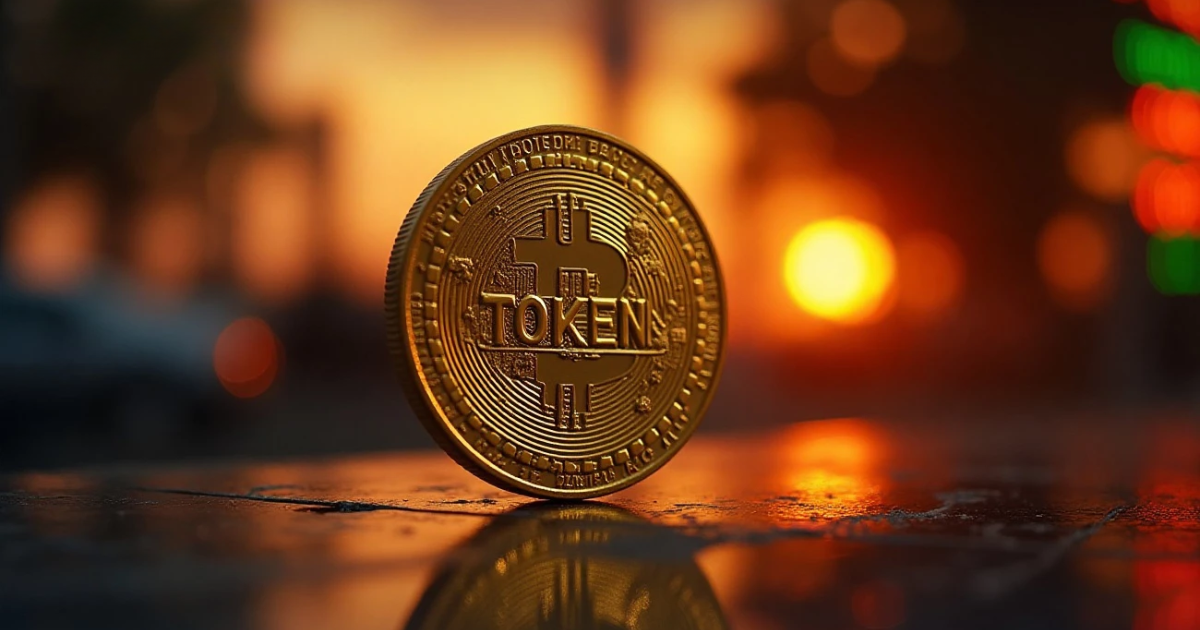
With the release of detailed guidance for G-Token issuance, Thailand is on the verge of upgrading its financial ecosystem. The guidance includes a responsible balancing act between innovation development and regulatory power that will determine the future of digital assets in Thailand. While awaiting its official G-Token launch, Thailand exemplifies how countries can responsibly leverage new technologies for their investors and the country.





